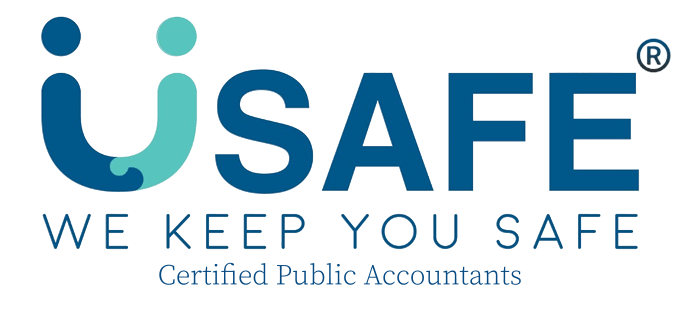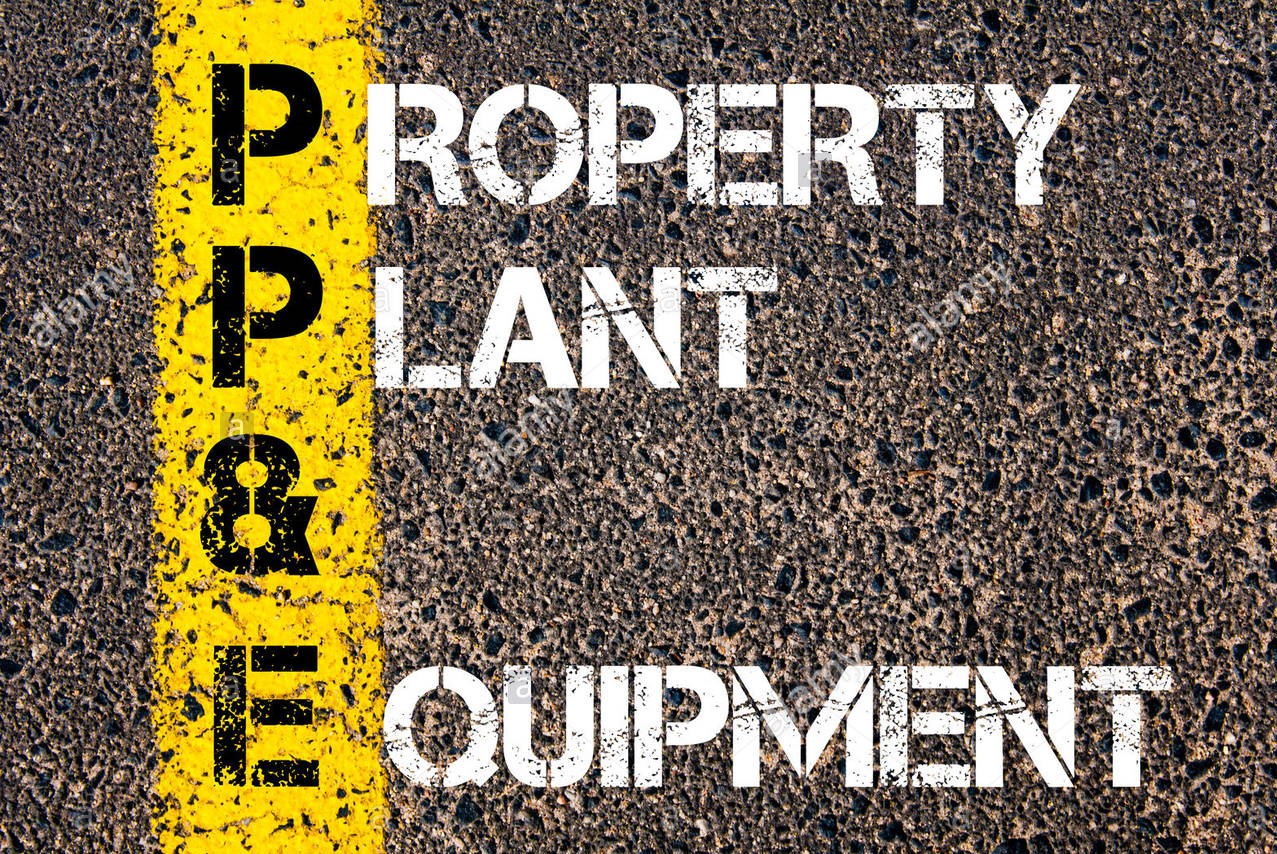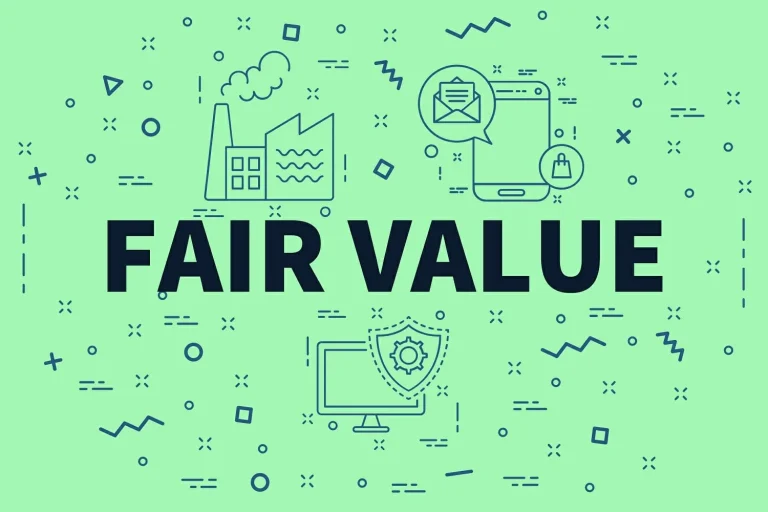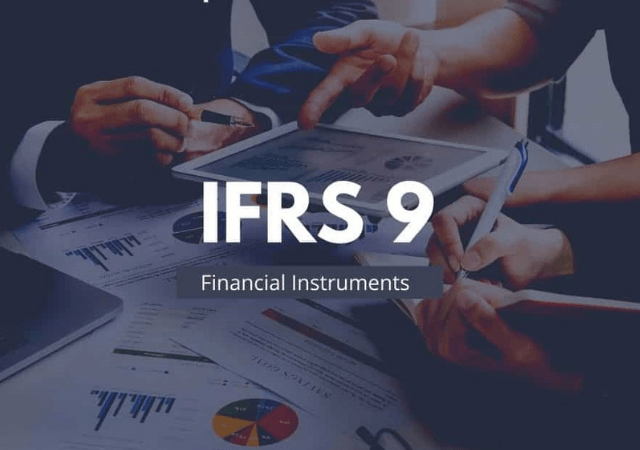Understanding FRS 16 Property, Plant, and Equipment: Shifting from Cost Model to Revaluation Model in Singapore
FRS 16 regulates how tangible assets like buildings, machinery, and land are treated in Singapore’s accounting practices. An essential aspect of FRS 16 allows for a move from the cost model to the revaluation model for assess asset values. Let’s delve into this transition and what it means for businesses:
Transitioning to the Revaluation Model
Under the revaluation model, assets are valued at their fair value, adjust for accumulated depreciation and impairment losses. Regular revaluations ensure accuracy between the carrying amount and fair value at each reporting period close. While an independent valuation is not necessary, disclosure of such information is required. Notably, when transition to the revaluation model, retrospective application of this accounting policy change isn’t compulsory.
Consistency in Measurement
Consistency in measuring assets is crucial. Therefore, if one asset in a class of PP&E undergoes revaluation, the entire class should follow suit. Besides, a class typically comprise assets of similar nature and use in the entity operations, ensure uniformity and comparability in financial reporting.
Recognition of Revaluation Surplus
Increased asset values under the revaluation model result in a revaluation surplus, recognized in Other Comprehensive Income (OCI). Conversely, decreases or impairment losses affect the Profit and Loss (P/L) statement. However, there are limits to recognize increases and decreases, prevent indefinite carrying forward of the revaluation surplus balance.
Transfers of Revaluation Surplus
The surplus balance can be transferred to retained earnings without affecting the P/L statement. This transfer is advisable, especially when there’s higher depreciation due to revaluation or when the related asset is derecognized. Thus, it prevents indefinite accumulation of the surplus balance, particularly if related assets are no longer in use.
Conclusion
In summary, transitioning from the cost model to the revaluation model under FRS 16 involves significant considerations: regular revaluation, measurement consistency, proper surplus recognition, and prudent surplus transfers to retained earnings. Understanding these principles ensures compliance with accounting standards and facilitates informed financial decisions for businesses.
Disclaimer: This article is for informational purposes only and does not constitute any professional advice. Feel free to contact us to consult with our professional advisors team for personalized advice and guidance.






